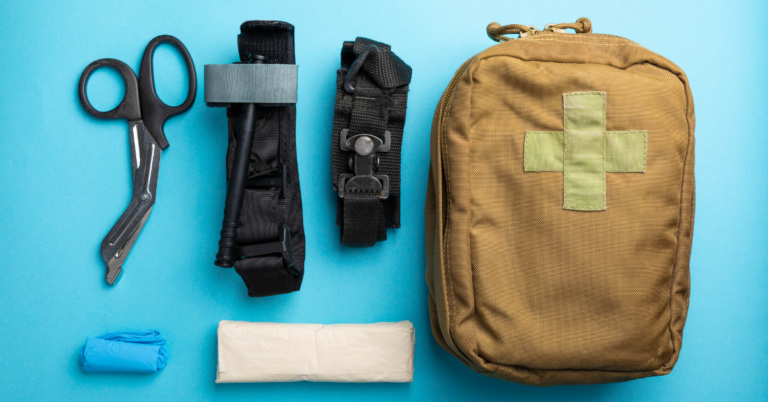By Jacob Clay | Guest Columnist
As a parent and school administrator, I am deeply concerned about an issue that threatens the safety of our most precious gifts: Our children.
While it is every community’s hope that tragic events never impact our schools, we must do all we can to prepare and shield our kids. This is a matter of vital importance, one that crosses partisan lines and any stances on school security. There is one simple safety measure that could be the difference between life or death.
Recent horrific incidents across the country remind us that blood loss is the leading cause of death in mass casualty situations, accounting for many preventable fatalities. Through basic medical training and access to essential supplies, how many lives could have been saved?
I am calling on our schools and community members to take action through an important nationwide program called Stop the Bleed. Started in 2015, Stop the Bleed aims to train citizens to control life-threatening bleeding until emergency help arrives. Simple tools like tourniquets have already proven to be life-saving when bystanders were trained. Too many of our schools lack training or medical kits containing supplies like tourniquets and other tools that could make a vital difference.
In addition to training, all school buildings should have at the very least one Individual Bleeding Control Kit that includes a Combat Application Tourniquet. They have been used effectively by many fire and police departments. In the event of a worst-case situation, having access to these kits on school campuses would also give first responders access to them to aid in saving precious lives.
One example of the importance of bleeding control kits in schools occurred during a playground accident in Georgia. A young elementary school student suffered an injury that caused uncontrollable bleeding. Luckily, the school had a bleeding control kit and a staff member was able to rely on her training to apply a tourniquet from the kit. As the school was 20 minutes away from the nearest hospital, the quick actions of the staff member using the tourniquet likely saved the student’s life.
Other venues like sports arenas and airports now mandate bleeding control preparedness, recognizing a duty to protect crowds. Should we not hold our schools, the center of our children’s lives, to at least the same standard of care? While accidents can happen anywhere, our kids spend the majority of their time at school, where their safety and well-being are of utmost importance. That is why we need to take measures now.
I propose we partner with local first responders or other trainers, already certified in Stop the Bleed, to educate teachers and staff. Their expertise would ensure guidelines are properly followed while addressing hands-on application of equipment.
With modest funding, schools could provide training to nurses, teachers and other staff members on how to respond appropriately in emergencies. This would allow tourniquets and other essential medical supplies to be accessible within school facilities. Additionally, schools should have procedures in place to quickly intervene during the crucial window when severe bleeding must be stopped to save lives.
Please contact your school leaders, school boards, representatives and voice support for implementing potentially lifesaving Stop the Bleed programs and equipment in your school or district-wide. Our children’s futures are too important to delay. Working together through compassion and wise prevention, we can take a large step towards making our schools safer. Each one of these kits in the hands of a trained teacher or staff member could mean the difference of an innocent child making it home to their family or not.
Will you stand to protect our children and ensure schools have the means necessary to save lives?
Jacob Clay has been a coach, teacher and school administrator, with training in emergency management.

